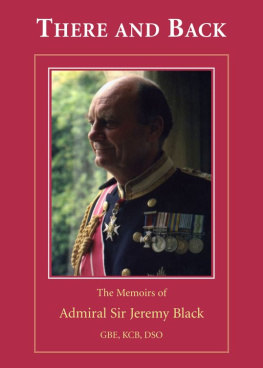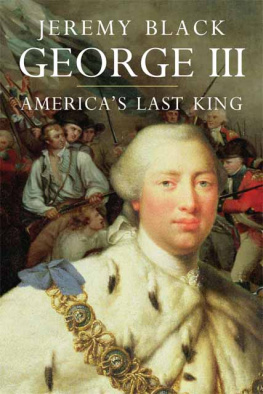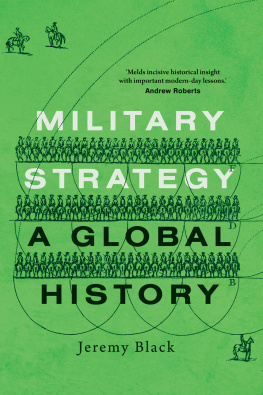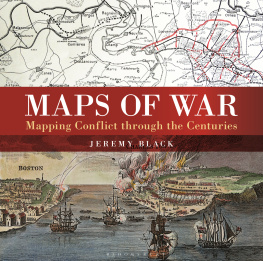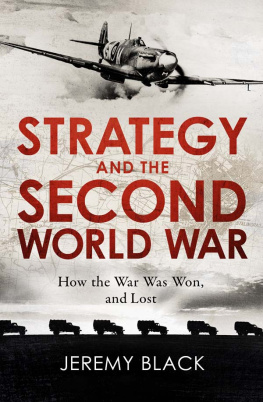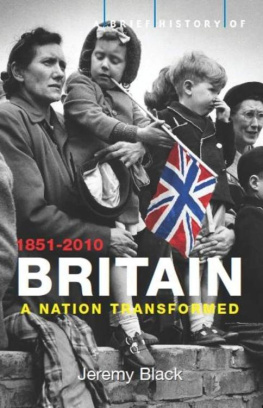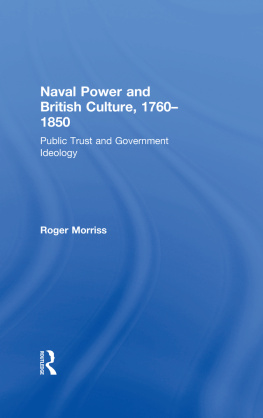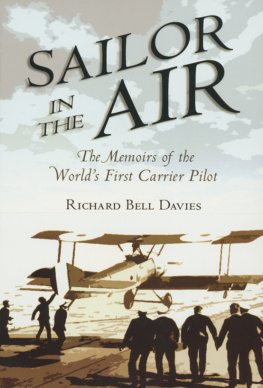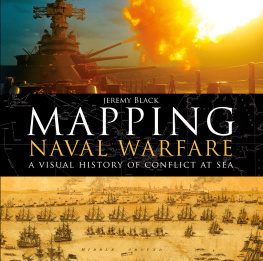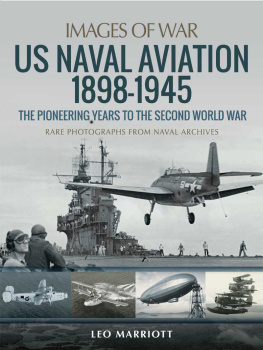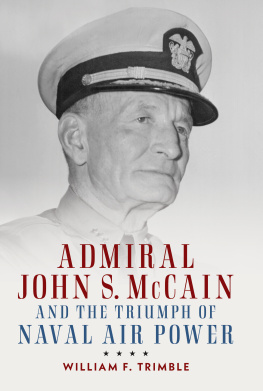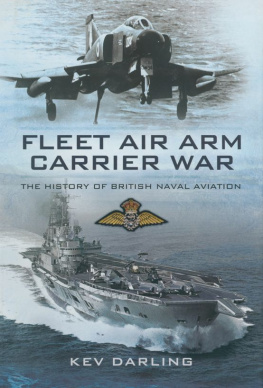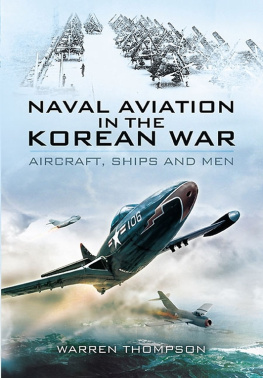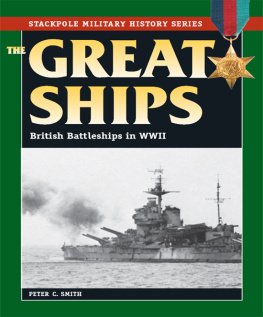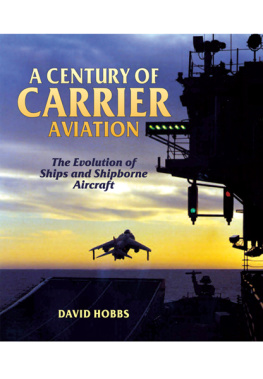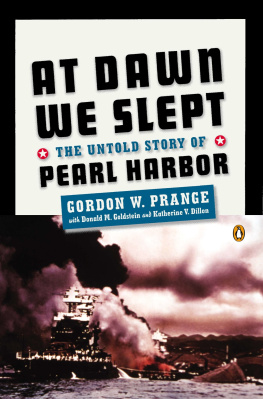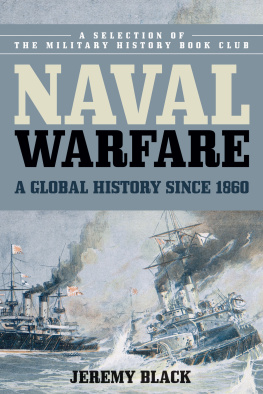Jeremy Black - There and Back
Here you can read online Jeremy Black - There and Back full text of the book (entire story) in english for free. Download pdf and epub, get meaning, cover and reviews about this ebook. year: 2012, publisher: Elliott & Thompson, genre: Non-fiction. Description of the work, (preface) as well as reviews are available. Best literature library LitArk.com created for fans of good reading and offers a wide selection of genres:
Romance novel
Science fiction
Adventure
Detective
Science
History
Home and family
Prose
Art
Politics
Computer
Non-fiction
Religion
Business
Children
Humor
Choose a favorite category and find really read worthwhile books. Enjoy immersion in the world of imagination, feel the emotions of the characters or learn something new for yourself, make an fascinating discovery.
- Book:There and Back
- Author:
- Publisher:Elliott & Thompson
- Genre:
- Year:2012
- Rating:5 / 5
- Favourites:Add to favourites
- Your mark:
There and Back: summary, description and annotation
We offer to read an annotation, description, summary or preface (depends on what the author of the book "There and Back" wrote himself). If you haven't found the necessary information about the book — write in the comments, we will try to find it.
The memoirs of the last British Admiral to lead an aircraft carrier into active battle
A story that covers Britains most remarkable battleships and naval events of the recent past
A unique view from the highest levels of the British admiralty
I slept that night in my top bunk, as we clattered over the rails. I imagined the ambush first, and a burst of fire ripping through our compartment, then wondered how I would cope with clambering down from the train in the darkness, knowing there were hostile insurgents about! Alas, I need not have worried, and we duly arrived safely in Kuala Lumpur in time for breakfast... Born in Devon, Sir Jeremy Black began his naval life aged 13, as a Cadet under Training at Dartmouth and on HMS Devonshire. Then, cadets still slept in hammocks forced to lie on their backs to conform with the hanging of hammocks, a naval tradition dating back to before Nelsons time. He would learn seamanship and how to paint ships under the careful watch of Petty Officers, while in the classroom receive instruction on gunnery, torpedoes, signals and anti-submarine warfare. Cadet Black won the Kings Sword after completing two long and intensive training cruises. His first appointment was on HMS Belfast (now a popular tourist attraction, moored by Tower Bridge), which took him to his initial taste of service under fire during the Korean War. Experience on other ships followed until, aged 30, he commanded a minesweeper engaged in action during the Borneo uprising. There, unfortunately, he failed to notice that many of the ships stores were sold by the Chief Bosuns mate, resulting in Sir Jeremys Court Martial on a record number of charges. He survived. His long, distinguished naval career has taken Sir Jeremy to nearly every part of the world where the British Navy was engaged in the last half of the twentieth century; from the Korean War, through the Suez crisis, and in all the main areas of possible conflict during the Cold War. Appointed to command the countrys newest aircraft carrier, HMS Invincible, he took it and its men to the Falkland Islands, winning the DSO for his part in the conflict. He went on to become a Flag Officer, taking a number of ships to the Far East, ending his career as Commander-in-Chief, Naval Home Command, when he flew his Flag in HMS Victory, Nelsons Flagship. From dancing eightsome reels in Borneo to the complex and dangerous fight to win back the Falklands, Sir Jeremy blends the tale of a successful naval career with many cogent observations on how naval life has developed - not always for the best - over the many years of his exceptional career. Written with a wry humour, Sir Jeremys keen eye for detail and some pungent opinions combine to render memoirs which entertain, educate and finally engage its readers in a life of service, well-lived.
Jeremy Black: author's other books
Who wrote There and Back? Find out the surname, the name of the author of the book and a list of all author's works by series.

